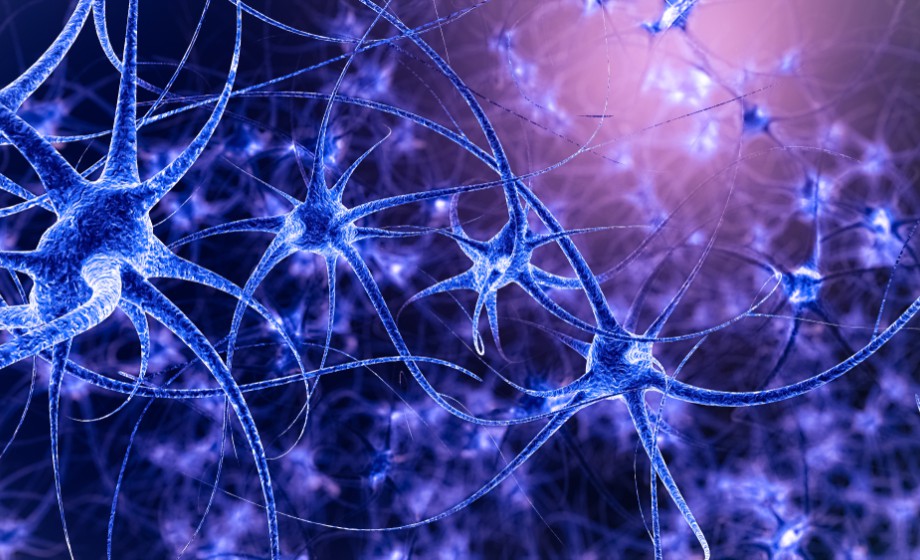Q&A Report: How Estrogen Influences Respiratory Function and Spinal Respiratory Neuroplasticity
Could progesterone or other neurosteroids participate in neuroplasticity as well?
Absolutely! However, the data to date seems to point towards estrogen as the primary neurosteroid involved. In addition to the evidence presented, we completed another group of experiments in post-partum female rats, a time of naturally high circulating progesterone and low estrogen. We reasoned that if progesterone was involved in the mechanisms of plasticity, we would see expression of AIH-induced phrenic long-term facilitation (pLTF). However, that did not occur, suggesting that high circulating progesterone was not critical for induction of respiratory neuroplasticity (Dougherty, et al., JNeurosci. 2017).
Great talk. In humans it is hard to elicit ventilatory LTF in poikilocapnic conditions. How is that different from vLTF in anaesthetized rats. Did you use high CO2 in the inspired air to elicit vLTF?
I appreciate the comment and the question. When we run barometric plethysmography to test for vLTF, our rats are unanesthetized and are kept poikilocapnic (meaning that we do not regulate the level of carbon dioxide). As such, the magnitude of vLTF relative to pre-AIH baseline conditions is pretty low (~20%) compared to measures of pLTF under more highly controlled conditions (~50%). You are absolutely correct that frequently, vLTF in humans is induced only when a small level of CO2 is maintained in the inspiratory gas to maintain adequate chemical stimulation. This is not currently the “norm” with rats, but may produce a more robust vLTF and may better reflect clinical outcomes. We will consider adding that to our protocol. Thank you!
Do you have any idea which estrogen receptors might be involved in the expression of respiratory neuroplasticity?
Good question, thank you! There are three primary estrogen receptors described: ERα, ERβ, and the G-protein coupled estrogen receptor (GPER). ERα and ERβ have been described in the phrenic motor neurons where we believe the mechanisms to pLTF take place. We are in the process of characterizing GPER in these motor neurons, but preliminary evidence suggests they are present in phrenic motor neurons as well. Any or all of these may be involved and the compliment of receptors involved may be different between males and females. These are studies we are pursuing in the coming months. We do have evidence to suggest that the relevant receptors are likely present on the cell plasma membrane. In OVX females who do not express AIH-induced pLTF, intrathecal administration of estrogen bound to bovine serum albumin (E2-BSA) is sufficient to restore plasticity in just 15 min. The E2-BSA complex is too large to pass through the plasma membrane, so likely it is acting through membrane associated ERs (Dougherty, et al., JNeurosci. 2017).
Will there be an upregulation of the Glutamate receptors during pLTF?
It is possible that the cellular mechanisms induced by AIH will ultimately cause an increase in glutamate receptor numbers or localization to the synapse, facilitating the increase in neural output. However, to date the data seem to point more towards modification of existing NMDA receptors through post-translational modifications. This is an area that requires further study and I anticipate those studies to emerge in the coming years.
How do you think the use of birth control in humans would change their capacity to express LTF? Since birth control changes the estrogen/progesterone balance?
This is another great question, Thank you! The short answer is we don’t know yet, but I believe this will be a really important topic as we move towards the translation of AIH as a stimulus to induce spinal neuroplasticity in humans. If the evidence continues to point towards estrogen being necessary for induction of plasticity in females and birth control methods alter the estrogen profile in such a way that there is insufficient circulating estrogen, then we may predict that plasticity will not be induced by AIH. This would be a meaningful consideration when optimizing clinical protocols for AIH. In a similar vein, many neurological injuries result in prolonged changes in circulating hormone levels that may impede our capacity to induce neuroplasticity. At some point in the future, partial supplementation of estrogen or testosterone may be utilized as part of a comprehensive plan to optimize conditions for plasticity in combination with rigorous physical therapy to maximize functional recovery. I will be excited to partner with my clinical colleagues on these translational studies!
